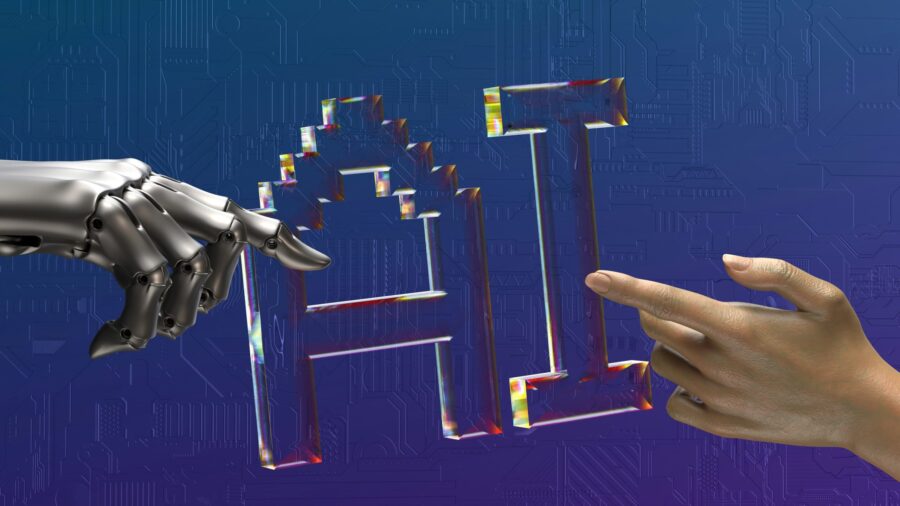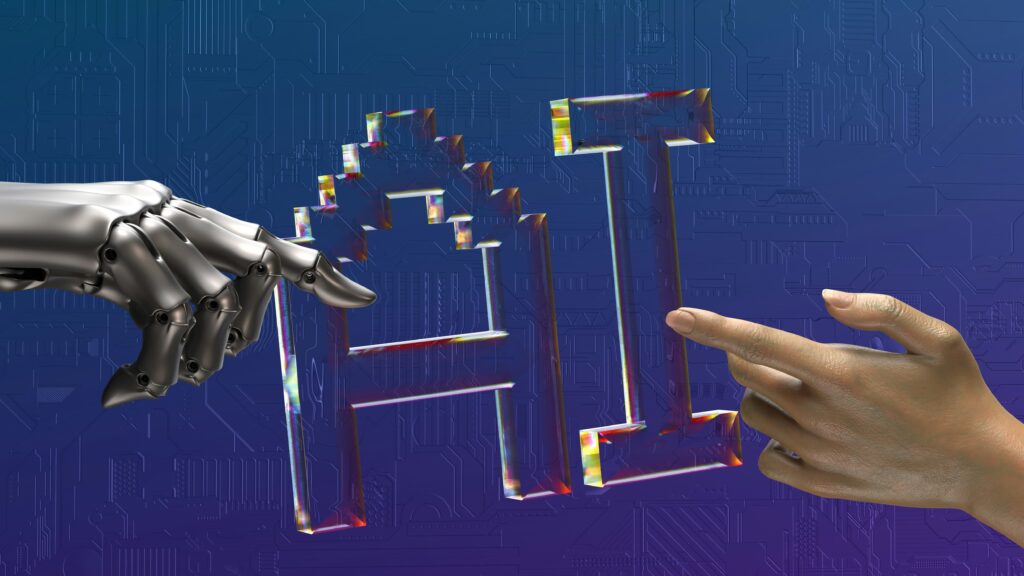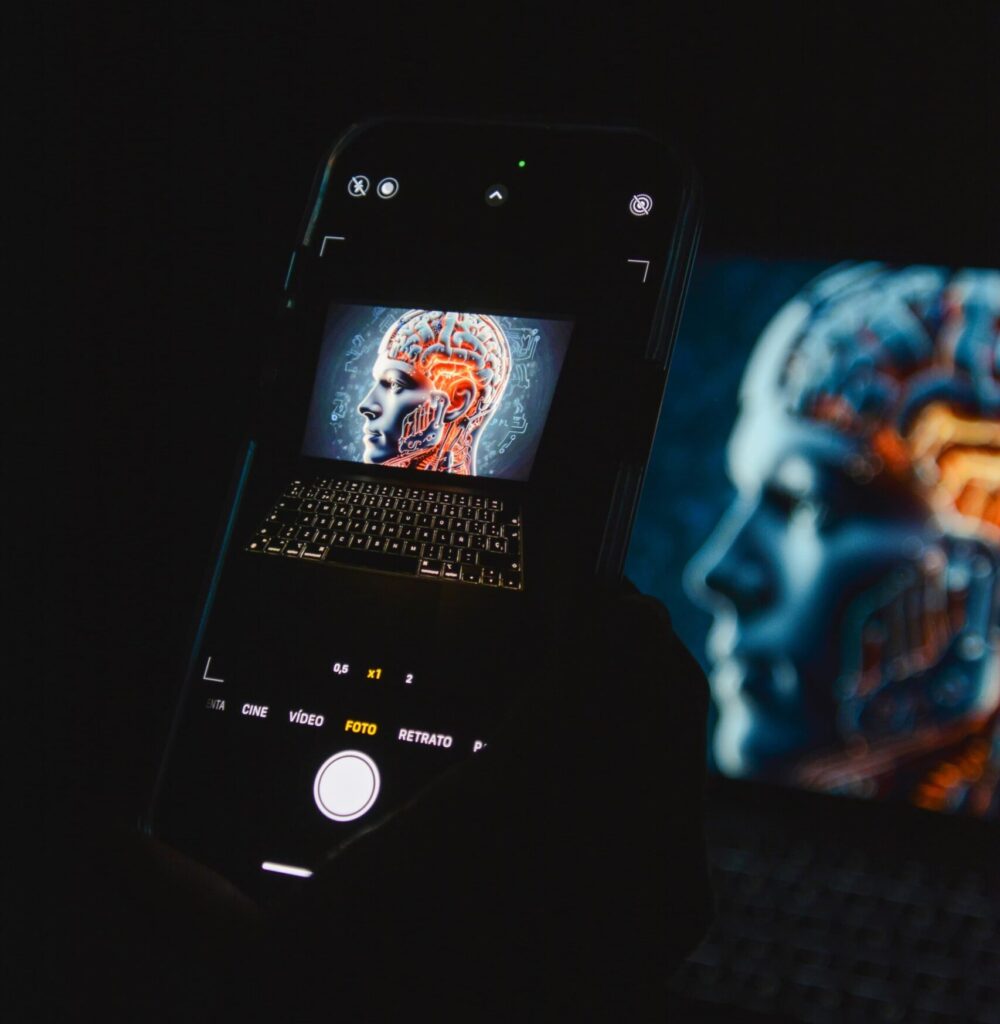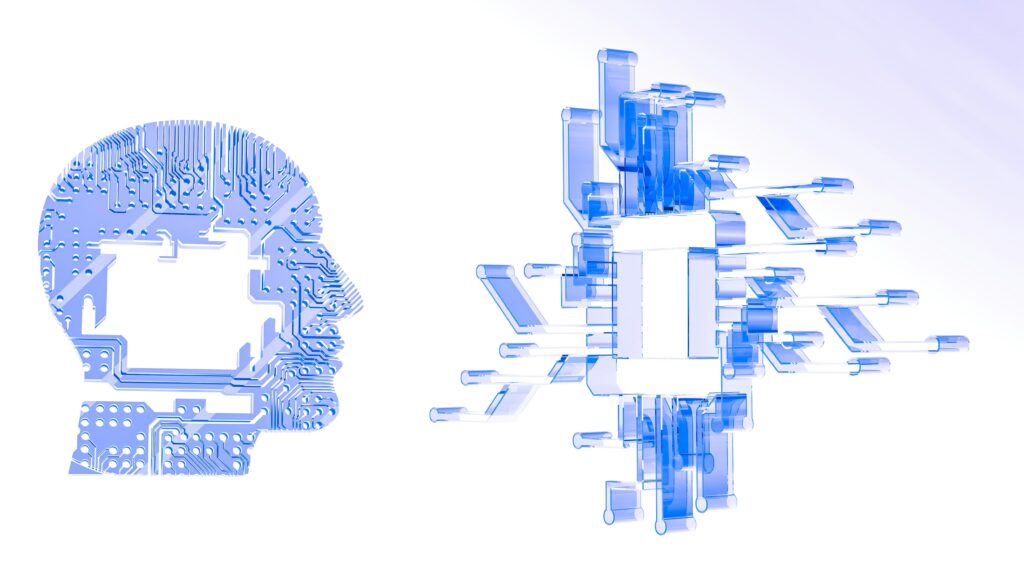
Explore how using AI for translation projects and remote interpreting needs enhances human expertise instead of replace it.

In recent years, using AI for translation has grown substantially, leading to an increased demand for human translation, a surge in translated content, and a growing focus on the research and development of AI language service tools. While AI has enabled translators and language services companies to complete more projects efficiently, it still falls short when used solo to convey language nuances and complexities that only human translators can communicate effectively.
Similarly, AI has not yet had a significant impact in the world of remote interpreting, but ongoing technological innovations are poised to make inroads into this industry. These new technologies are designed to complement rather than replace human interpreters, serving as powerful tools to enhance their capabilities and streamline their workflows when leveraged correctly.
Join us as we delve into the evolving landscape of AI’s role in both translation and remote interpreting, exploring the balance between technological advancements and human expertise in these critical language services.
Exploring the Role of AI for Translation
The field of AI in translation has experienced significant growth and development. Contrary to the fears of some, AI has not replaced human translators. Instead, it has become a valuable tool to assist translators in completing projects more efficiently.

In the global workplace and digital age of social media, the sheer amount of content being generated is increasing exponentially, and there is now a much higher demand for more of this content to be translated. This symbiotic relationship between AI technology and human translation has sparked an increased demand for language experts.
While AI can accelerate the translation process, it falls short in capturing the nuances and complexities of language that only human translators can master. From idiomatic expressions to technical jargon, cultural references to stylistic elements, human expertise remains essential to ensure quality, accuracy, and cultural sensitivity in translations.
Pros and Cons of AI for Translation Projects
Pros:
- Faster: AI translation tools can process large volumes of text quickly, enabling efficient turnaround times.
- Cheaper: AI translation can be a cost-effective solution for handling translation needs, especially for high-volume projects.
- Ability to Handle Bigger Volumes: AI excels at efficiently managing large amounts of content, making it a valuable resource for scaling translation projects.
Cons:
- Lower Quality: AI translation may result in lower quality output compared to human translations, especially in terms of accuracy and natural language flow.
- Human Review Needed: Despite advancements, human intervention is often necessary to ensure the final translation meets quality standards.
- Potential for Bias: AI models may exhibit biases in translations, leading to inaccurate or skewed results.
- Challenges in Translating Nuanced Language: AI struggles with accurately translating idiomatic expressions, cultural references, stylistic nuances, and nuanced language.
- Complex or Technical Language Challenges: Translating specialized or technical content accurately can be a challenge for AI systems.
- Limited Support for Rare Languages: AI tools may have limitations in accurately translating rare or less commonly spoken languages.
- Data Privacy Concerns: There are potential risks related to data privacy, security, and copyright infringements when using AI translation tools.
- Difficulty in Integrating Translation Memories: Integrating existing translation memories and client-specific glossaries can be complex with AI systems.
Examining the Future of Remote Interpreting With AI
As the realm of AI in translation continues to evolve, the impact on remote interpreting remains relatively muted thus far. However, ongoing innovations and technological advancements are steadily making their mark on this industry. Similar to the role of AI in translation, these new technologies are not positioned to substitute human interpreters but rather to serve as supplementary tools that can enhance and streamline their work processes.
There is still much that we can’t predict, but as we examine the current landscape, it is easy to see how the potential future trajectory of AI’s integration into remote interpreting is poised to enrich the capabilities of human interpreters.
Pros and Cons of Leveraging AI for Remote Interpreting
Pros:
- Instant or Near-Instant Interpretation: AI technologies enable real-time interpretation, allowing for immediate communication between parties.
- Lower Cost: AI remote interpreting solutions can offer substantial cost savings compared to hiring human interpreters, particularly for shorter and less complex interactions.
- Wider Availability / Accessibility: AI allows for on-demand interpretation services that can be readily available to a larger audience, even in remote or underserved areas.
Cons:
- Lack of Empathy or Compassion: AI lacks the human touch and emotional intelligence that can be crucial in interpreting sensitive or empathetic situations.
- Less Accuracy Compared to Human Interpreters: AI may struggle to match the accuracy and nuanced interpretation provided by experienced human interpreters.
- Challenges in Interpreting Nuanced Speech, Emotion, and Body Language: AI may not grasp the full context and subtleties of language, emotions, or non-verbal cues, leading to potential misinterpretations.
- Security and Privacy Concerns: There are inherent risks associated with data security, privacy, and confidentiality when using AI remote interpreting systems, particularly in sensitive or classified contexts.
Choose SpokenHere for Meaningful Communication

The question of “man versus machine” is perhaps no longer the most pertinent in our global world when instead we should be asking ourselves how best to harness “man plus machine.”
No matter how rapidly AI tools advance with further development, human expertise will always remain a crucial part of translation projects and remote interpreting assignments. Integrated thoughtfully, however, AI’s language capabilities can support efficiency while keeping costs down.
Our team of skilled translators and remote interpreters enhances efficiency and reduces costs, ensuring meaningful communication that builds stronger relationships worldwide. Discover how SpokenHere can support your translation and interpretation needs with the perfect blend of human expertise and AI technology. Contact us today!
